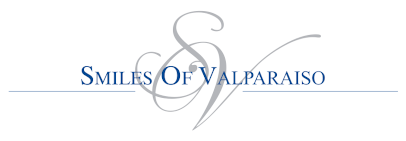Ozone Therapy Will Revolutionize Dental Care

Question: “I recently came across an article online that discussed ozone as something that will eradicate cavities. Is there any truth to that?”
Answer: Two years ago, I heard an English dentist speak about the benefits of ozone therapy in dentistry. At the time, I thought that it sounded somewhat far-fetched. Since then I have seen very credible research that supports this amazing treatment modality. It has been in use in England and several other countries since 2001 but is still in the FDA approval process in the United States.

When people don’t brush or floss adequately, bacterial colonies form on the teeth. These bacteria produce acids that attack the tooth surfaces, dissolve out minerals, and cause cavities (holes). In essence, this means that dental decay is an infection that leads to the softening of teeth. Unfortunately, antibiotics are unable to penetrate deep into teeth to eliminate the bacteria involved in the decay process.
Ozone is a gas that is present in the air all around us and forms a high-altitude barrier that protects us from harmful sunlight. Concentrated ozone kills viruses and bacteria within seconds and is used by hospitals and in other public places to control infections and smells. It is even used in water purification.
Up until ozone therapy was introduced to dentistry, the only way to remove these bacteria from teeth was by removing the infected tooth structure (with drills, air abrasion, or lasers). Now, in the early stages of mineral loss, the HealOzone device can be utilized without any anesthetic, removal of tooth structure, or discomfort.
Ozone is applied directly to the cavity for an average of forty seconds, thus destroying the bacteria and effectively sterilizing the lesion. This is followed up with the application of a mineral-rich liquid. This product combined with minerals from one’s own saliva aids in the remineralization (rebuilding) of tooth structure. Additional home-care products are utilized to continue this process.
Ozone therapy is fast, inexpensive, predictable, and conservative. It helps to preserve tooth structure, and research into many additional dental uses is very promising. Once the FDA has approved its use, American dentistry will embrace ozone therapy, and millions of patients will benefit.
